Why recycling matters
Since 2009, Calgary’s Blue Cart program has helped Calgarians recycle more than a billion kilograms of material.
The City of Calgary and Circular Materials are committed to making sure the recyclables you put in the Blue Cart program continue to be ethically and environmentally recycled.
Know your Calgary recycling facts.
New provincial recycling system
In 2025, a new provincial recycling policy came in place to make recycling better for Albertans. Through Extended Producer Responsibility (EPR), producers (manufacturers) are now responsible for managing packaging waste when it’s no longer needed.
Circular Materials is the producer organization responsible for residential recycling in Alberta. This new system means:
- Producers can take advantage of increased economies of scale by managing recycling programs for municipalities across Alberta.
- Manufacturers are incentivized to design more recyclable packaging and create less packaging waste overall.
- Calgarians save money with a lower Blue Cart fee as of April 1, 2025.
Plastic clamshell containers
In 2019, The City landfilled 2,000 tonnes of store clamshell containers due to challenging markets. While a small setback, over 55,000 tonnes of recyclables are sorted and recycled annually.
Since April 2019, clamshell containers have been successfully recycled. Keep putting your empty plastic clamshell containers into your blue bin for recycling.
Making sure your Blue Cart recyclables get recycled
Circular Materials works closely with their contracted recycling processor, GFL Environmental Inc. who sorts all of your recyclables to ensure they get turned into something new. They provide oversight to ensure that GFL is meeting all contract obligations and in compliance with industry standards, international, federal and provincial laws.
GFL Environmental Inc. has processes in place to make sure recyclables go to legitimate recyclers and manufactures.
Before recyclables are sent for manufacturing, they check companies using:
Multi-layered reference checks on pulp mills, paperboard factories and packaging manufacturers.
In-person inspections before sending any sorted recyclables.
Third-party certification for our contracted recycling sorting facility and manufacturers.
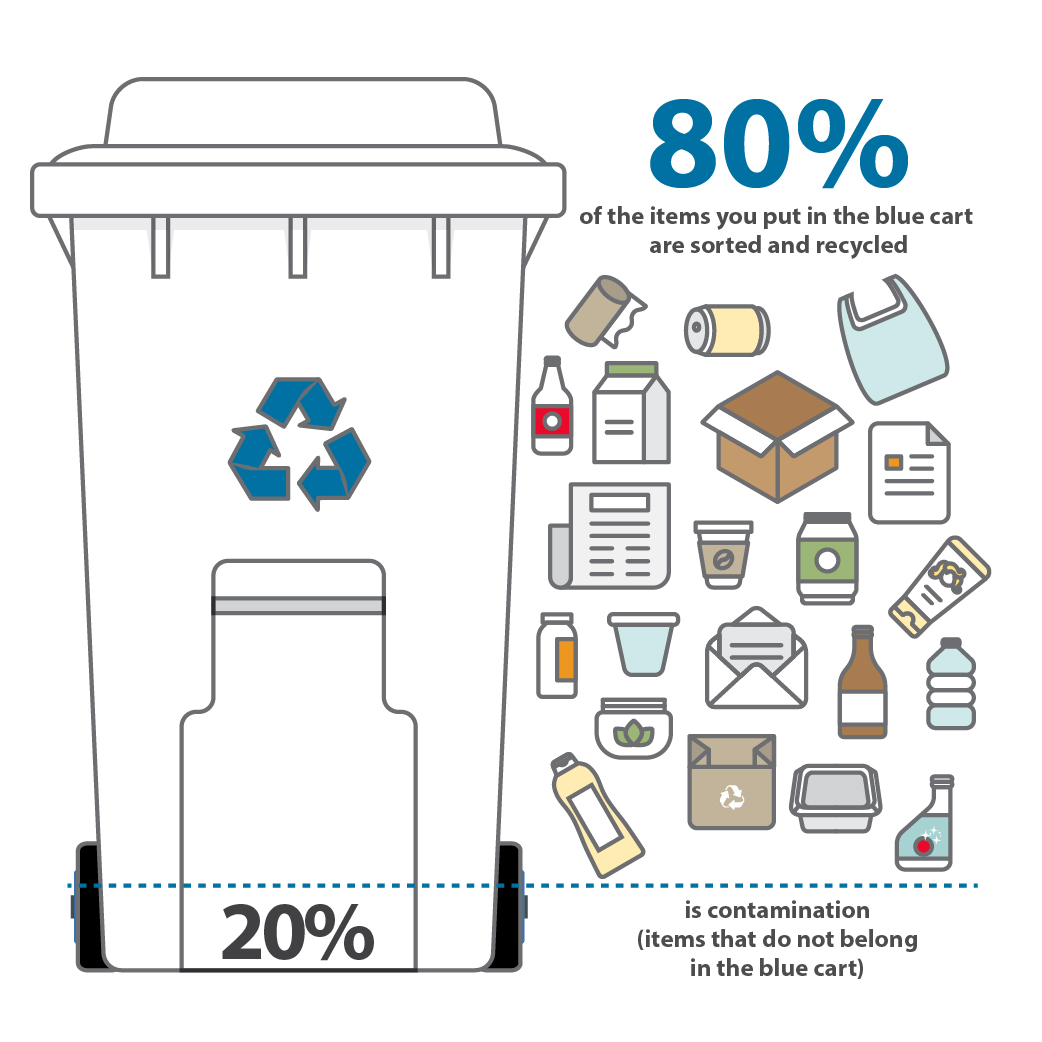
Why recyclables are too good to waste
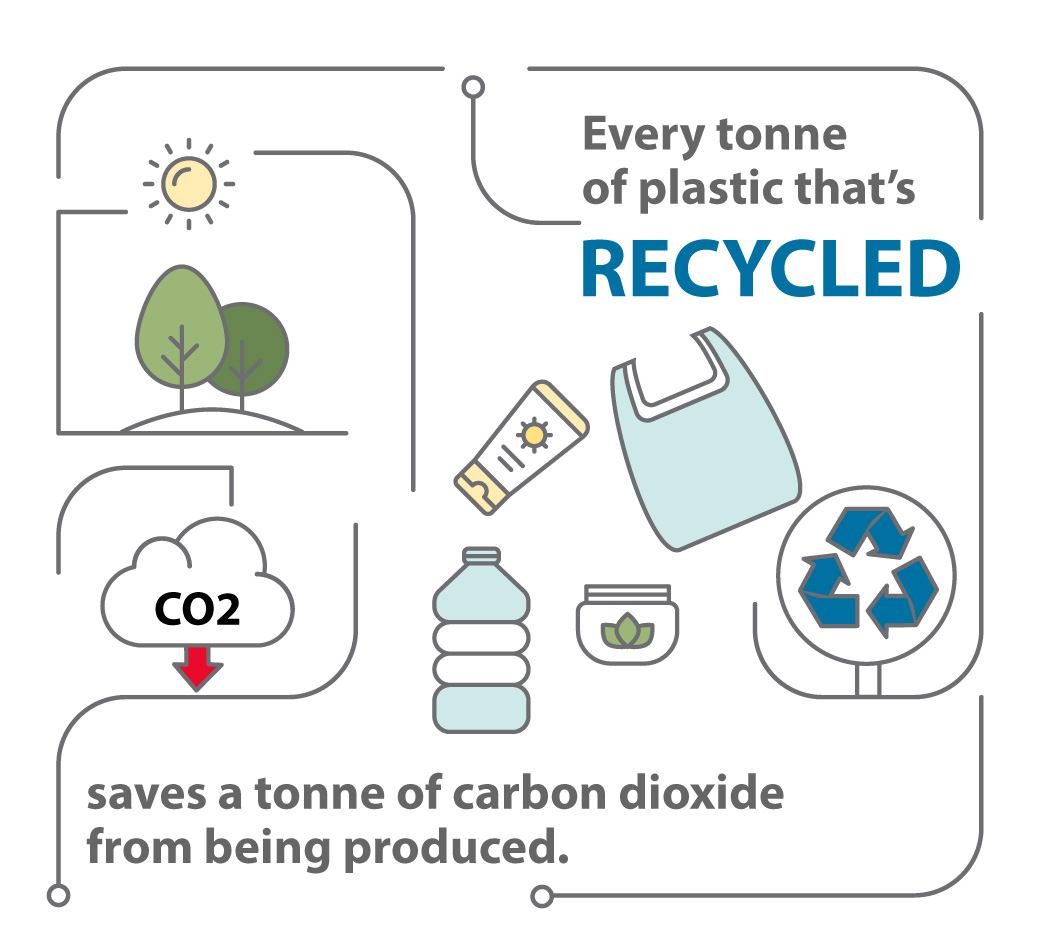
Our planet has limited resources and everything we use has to come from somewhere. Whether plastic from oil, cardboard from trees, or cans from mined ore.
Extracting, manufacturing and disposing of these materials carries major environmental and social costs.
Recycling conserves vital resources and reduces pollution by putting materials back to use again.
- Paper and cardboard recycled through the Blue Cart program save over one million trees each year.
- Recycling tin cans and foil uses 95% less energy than producing aluminum from raw materials.
- Making one tonne of paper from recycled content saves 28,000 liters of water.
-
How the sorting facility works
The materials recovery facility (MRF) operated by GFL Environmental uses a mix of automated sorting technology and manual sorting to manage your Blue Cart recyclables.
-
Where recyclables go
Calgary recyclables are taken to the GFL Environmental Inc. recycling sorting facility and then onto recyclers and manufacturers all over North America and around the world.
-
Turning old products into something new
The recyclables you put in your blue cart get turned into new products that you’ll find at the grocery store, at the mall, online shopping and other retailers.
Valuable recycling, value for Calgary
Calgary’s three cart system is an important part of keeping our communities clean, protecting public health and managing our waste in a responsible and affordable way.
Conserving our valuable landfills
Calgary is lucky to have three landfills in city limits – an advantage many municipalities lack, often requiring costly long-distance transport to privately-operated facilities.
Developing a new landfill is complex and expensive. Even if successful, it is unlikely to match the convenience of our existing landfills.
Because our landfill space is limited and valuable, it is essential to keep recyclables out of the waste stream.
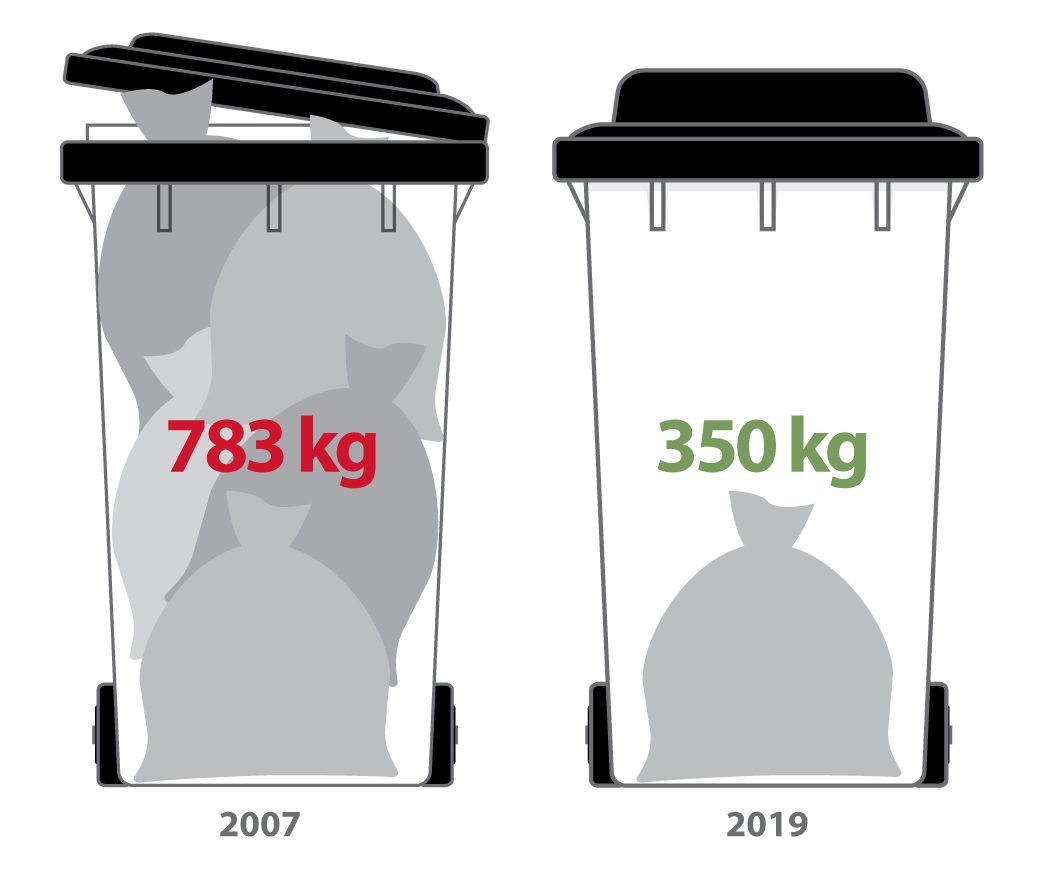
What you can do to recycle right
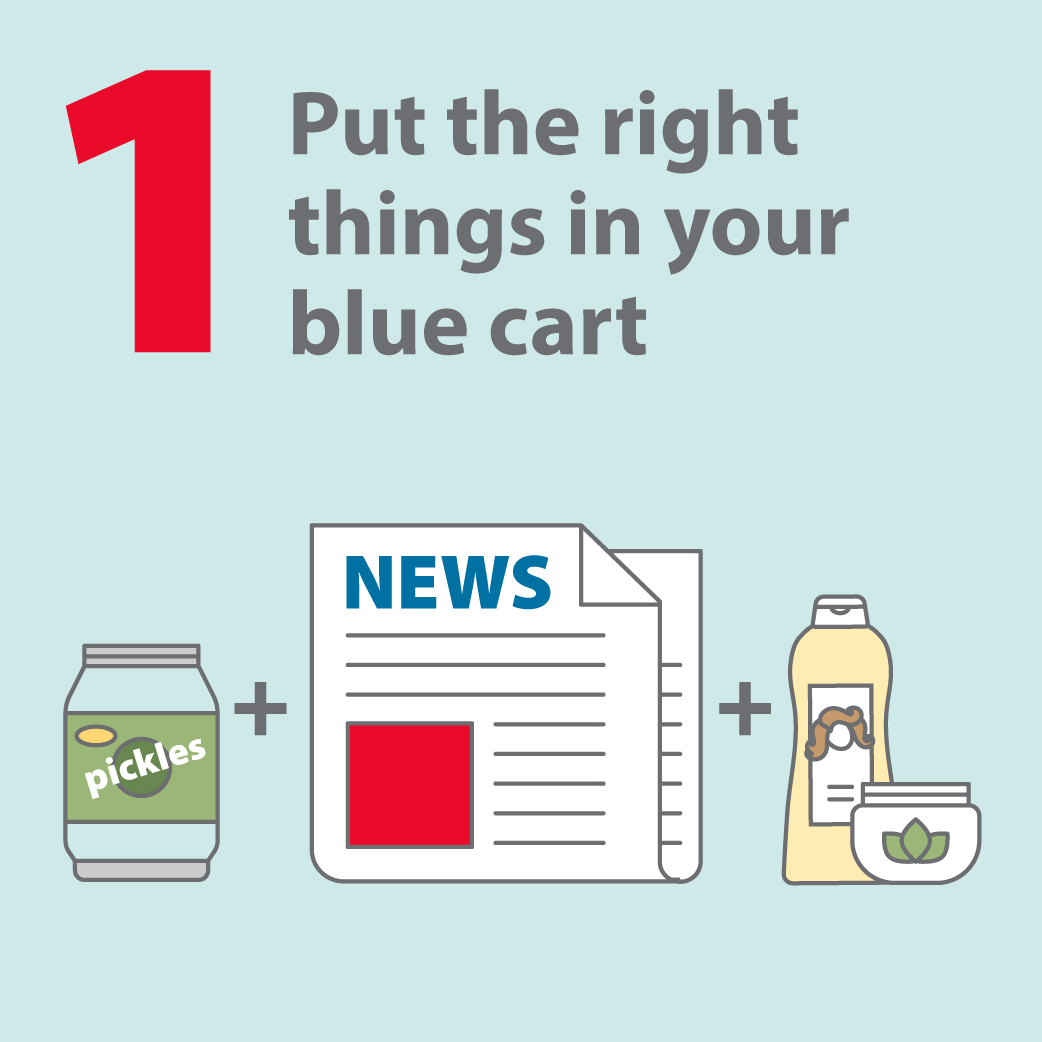
Want to know what items you can and cannot put in your Blue Cart?
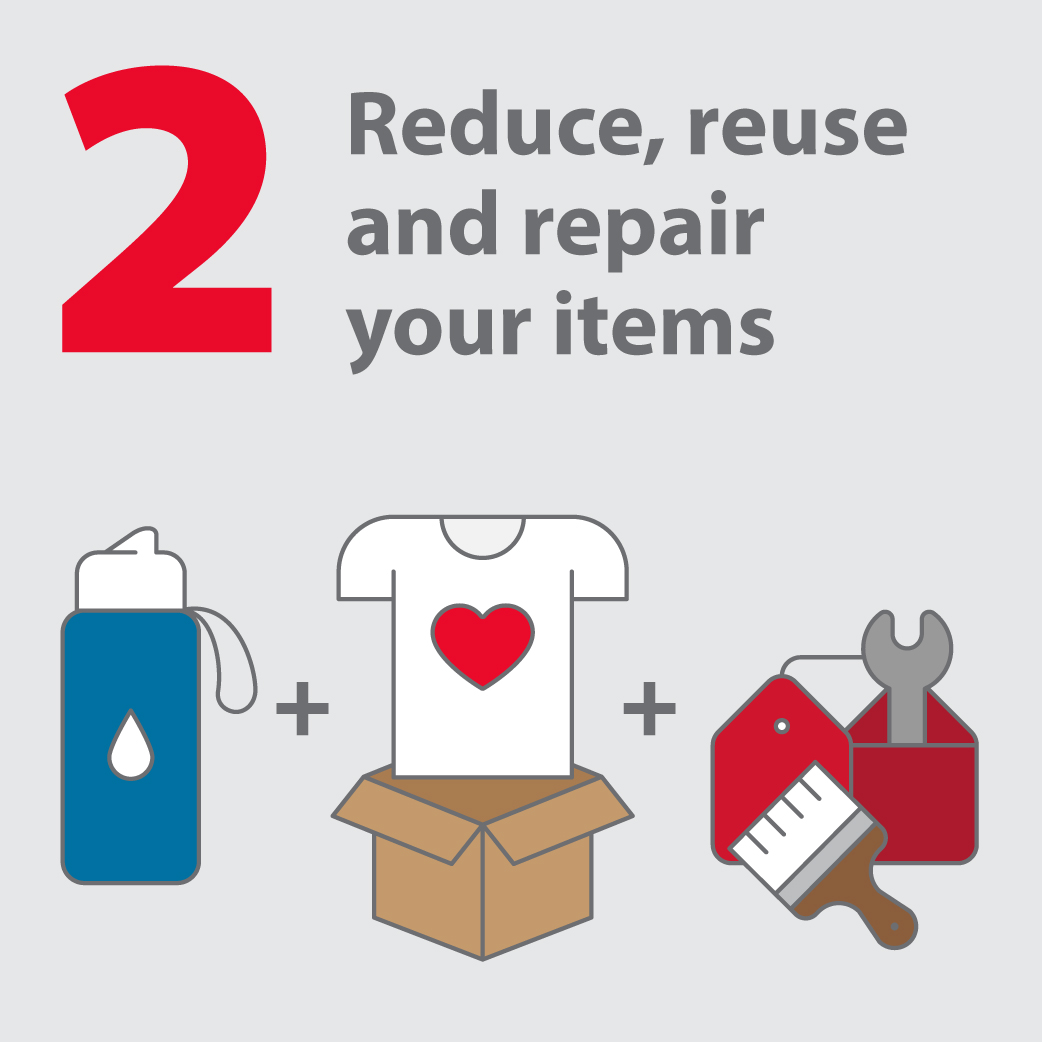
Reduce, reuse and repair your items as much as possible such as:
- Bring reusable bags when shopping.
- Take a reusable water bottle to school or work.
- Donate usable items to charity.
Use our online search tool to look up recycling, compost and safe disposal options for hundreds of items.

